The A+Product Awards is open for entries, with a Main Entry Deadline of June 24th. Get started on your submission today!
Environmental ethics has been increasingly the concern of the built environment industry. When constructing buildings and styling interiors, more and more attention is paid to sustainably sourcing and recycling materials. Eco-friendly design does not limit products to just a few looks, nor does it compromise their functionality. These four beautiful A+Awards winning products will add tasteful texture to your designs while lessening the environmental impact of your project.
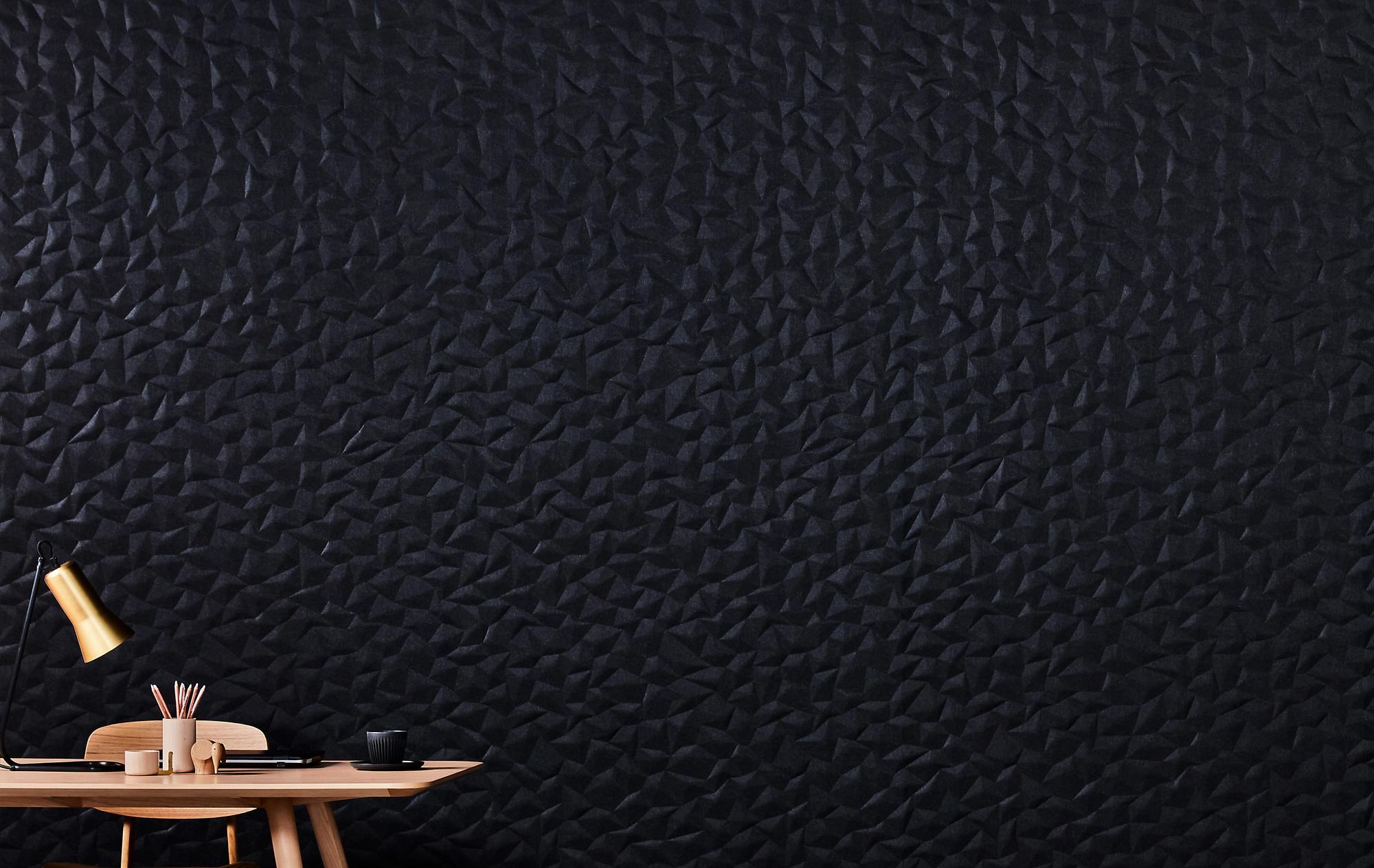 The Embossed Acoustic Panel Series from Woven Image, distributed in the USA by Kirei
The Embossed Acoustic Panel Series from Woven Image, distributed in the USA by Kirei
Winner, 2021 A+Product Awards, Acoustics
Acoustic panels are useful not only for workplaces and auditoriums but in domestic scenarios as well. Whether in a home office or a family theater, acoustic panels make sounds and voices sharper by reducing undesirable reflections on hard surfaces. They also insulate your room from external noises.
The Embossed Acoustic Panel Series by Woven Image offers high-quality acoustics together with a range of choices for styling. There are three types of patterns to choose from: the linear, simplistic ZEN, the rhythmic GEM, and the origami-inspired ION, each comes in 12 colors.
The panels are made from over 60% recycled PET and fiber while manufactured in a carbon-neutral production facility that utilized solar energy. The product has a low VOC emission rate of 0.023mg/m²/hr and a good Noise Reduction Coefficient of 0.75. It is also easy to trim that a utility knife can cut it through. The subtle light and shadow created by the 3D patterns make the panels an addition to interior styling.
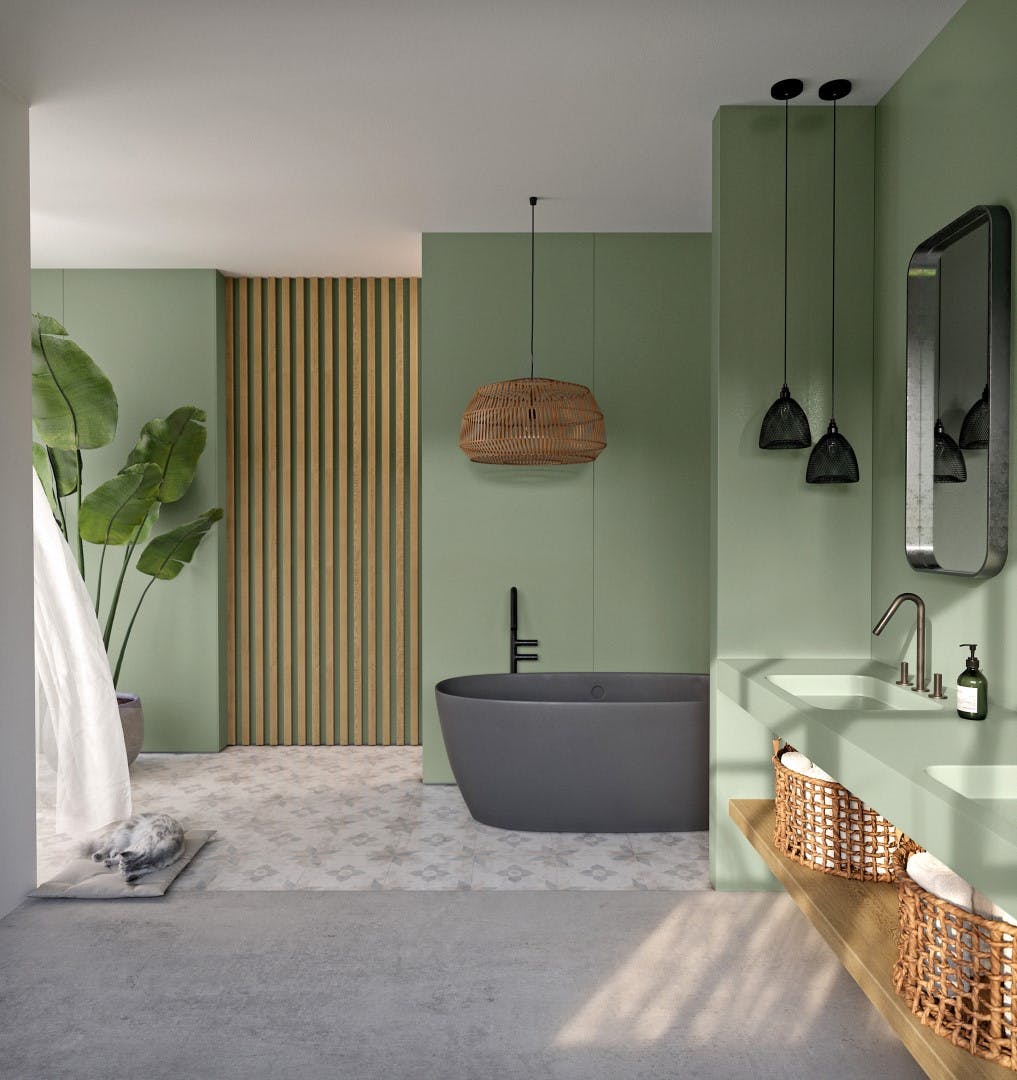 Silestone® Sunlit Days by Cosentino Group
Silestone® Sunlit Days by Cosentino Group
Winner, 2021 A+Product Awards, Hard Surfacing, Tiles and Stone
Quartz surfaces are popular in home designs for their stone-like appearance, high versatility, durability and accessibility, especially when compared to natural stones like granite and marble. They are cast from a mixture including small pieces of quartz, resins, pigments, etc. Bonded by resins, the finished surface comes sealed and flat, making them easy to clean. The mixture is made in a way that allows it to be colored as needed, ensuring that owners will not have to make compromises on home styling. AT present, Quartz surfaces from the Silestone® Sunlit Days series are available in white, light grey and red, blue, and green in low saturation. The soothing colors and clean shapes give interiors a modern looking.
Quartz surfaces have the appearance of stones but are more eco-friendly than natural stones. The Sunlit Days series provide carbon-neutral quartz surfaces that incorporate extra strategies to cut the material’s carbon footprint. The production uses 99% reused water, 100% renewable electric energy and a minimum of 20% recycled raw materials in its composition. Furthermore, the brand has committed to offsetting GHG emissions through the Voluntary Carbon Market. Being environmentally aware does not limit our choice of furnishing and surface texturing to synthetic materials that comprise recycled resources. Instead, natural materials can also be consumed sustainably.
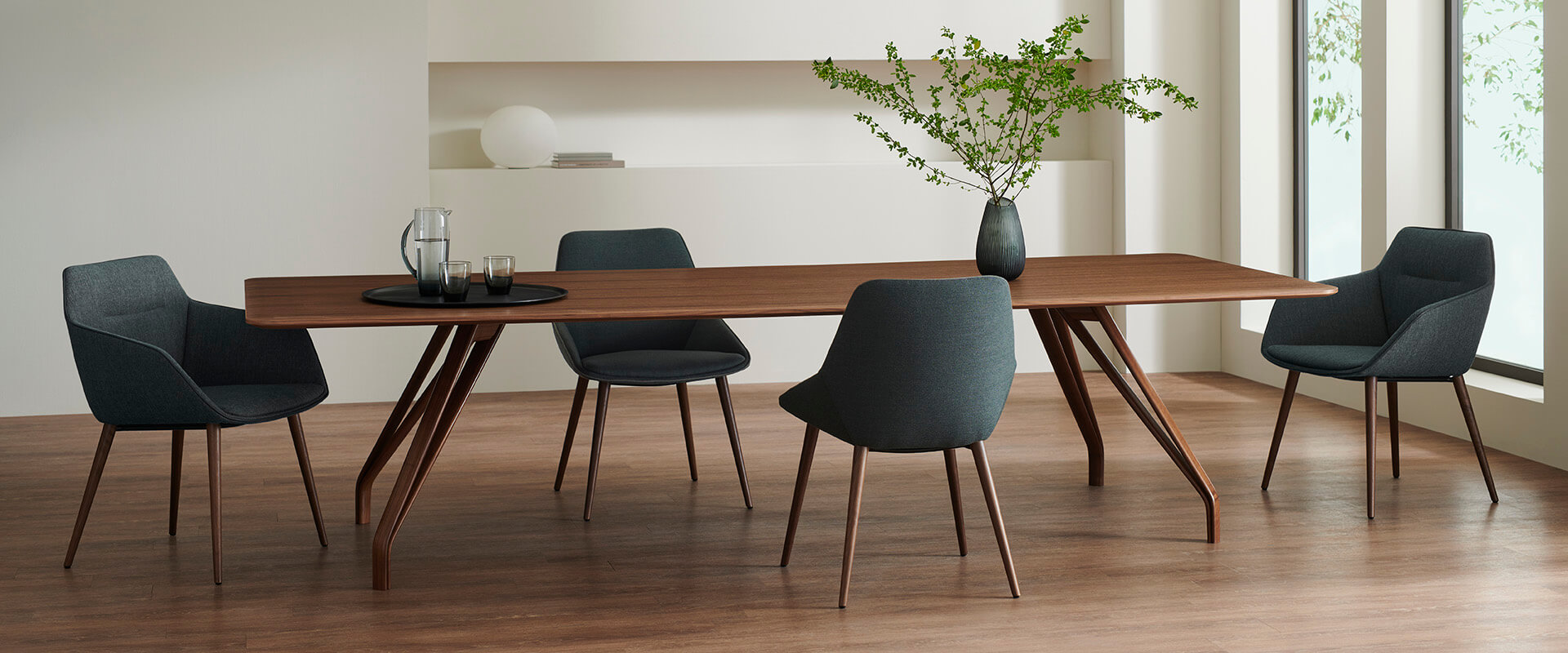 Brace by Davis Furniture
Brace by Davis Furniture
Winner, 2021 A+Product Awards, Contract Furniture
Brace from Davis Furniture is one of this kind. Each Brace table is made from a tree at the end of its lifecycle, leaving plenty of time for the material to store carbon during its growth. Furthermore, the brand has committed to planting two saplings for each tree they harvest. In this way, the sourcing is sustainable and the European forest is never overly exploited by the product’s production.
The solid wood table comes in various sizes and shapes to accommodate a range of events. For example, a long, rectangular table can be perfect as a home office desk while a small, round one can serve an intimate meal for two people, etc. The sleek table top is supported by the iconic legs. Each leg splits into two as it goes up, creating a slim triangular space within itself. More than 50 types of selectable coatings on each Brace table allow the table different colors and textures that best suit the home design. The design celebrates the uniqueness of the natural material with the technological precision of modern design.
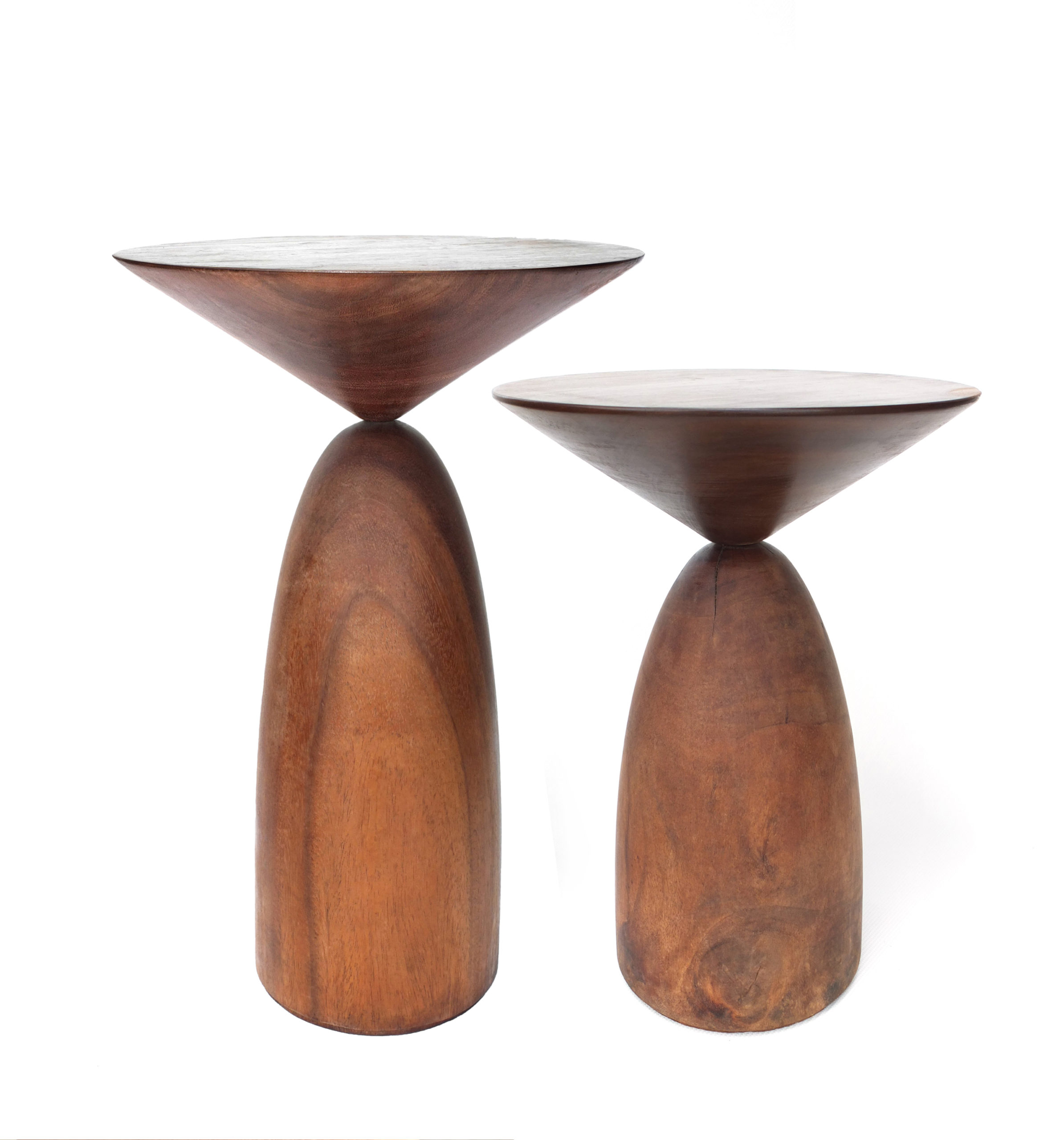 Koroi Side Table by MAJA
Koroi Side Table by MAJA
Winner, 2021 A+Product Awards, Residential Furniture
The Koroi Side Table also embraces the characteristics of natural materials. Each Koroi Side Table is handcrafted from solid wood by artisans in Bangladesh with a resource-efficient approach. Burls, deep cracks and other features of the tree remain visible from the smoothened surfaces. Comprising two geometric forms, the design of Koroi sets a subtle balance between fragile and sturdy. Althought the connection between the two parts looks delicate — precarious, perhaps — the piece’s solidity is guaranteed by the thick wood. The two parts are cut at opposing grains, giving them contrasting textures and different reflectiveness.
The A+Product Awards is open for entries, with a Main Entry Deadline of June 24th. Get started on your submission today!
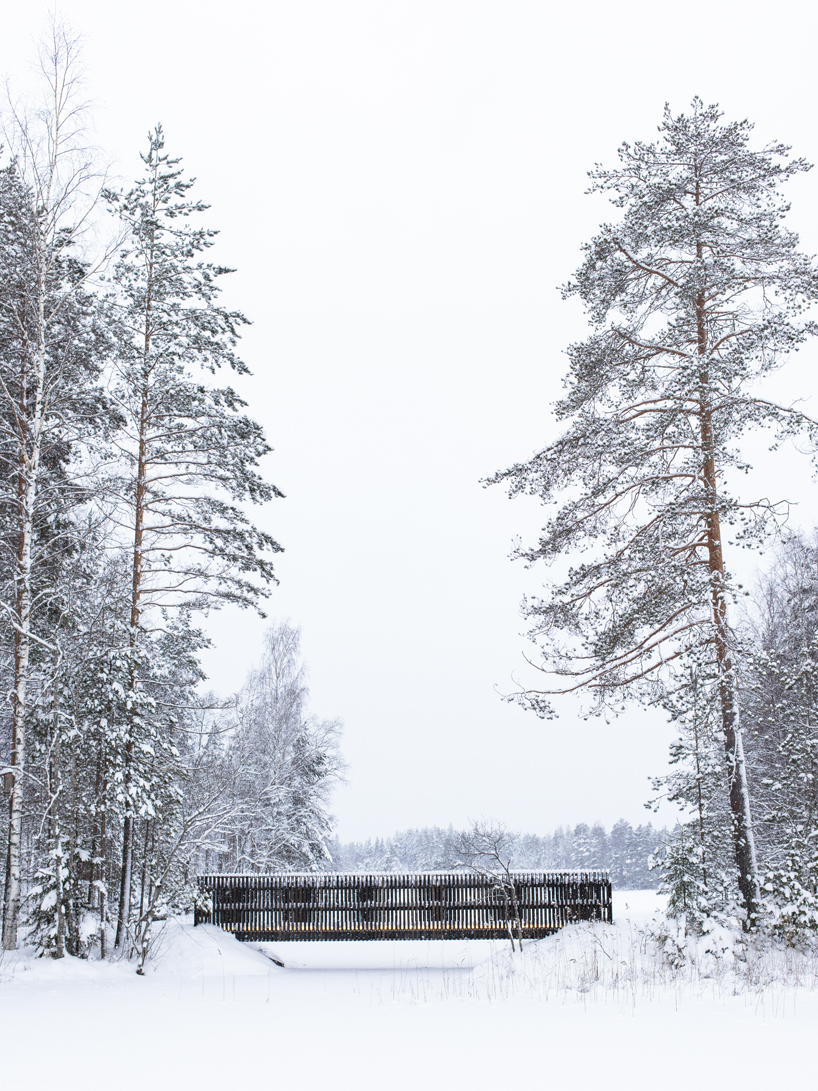
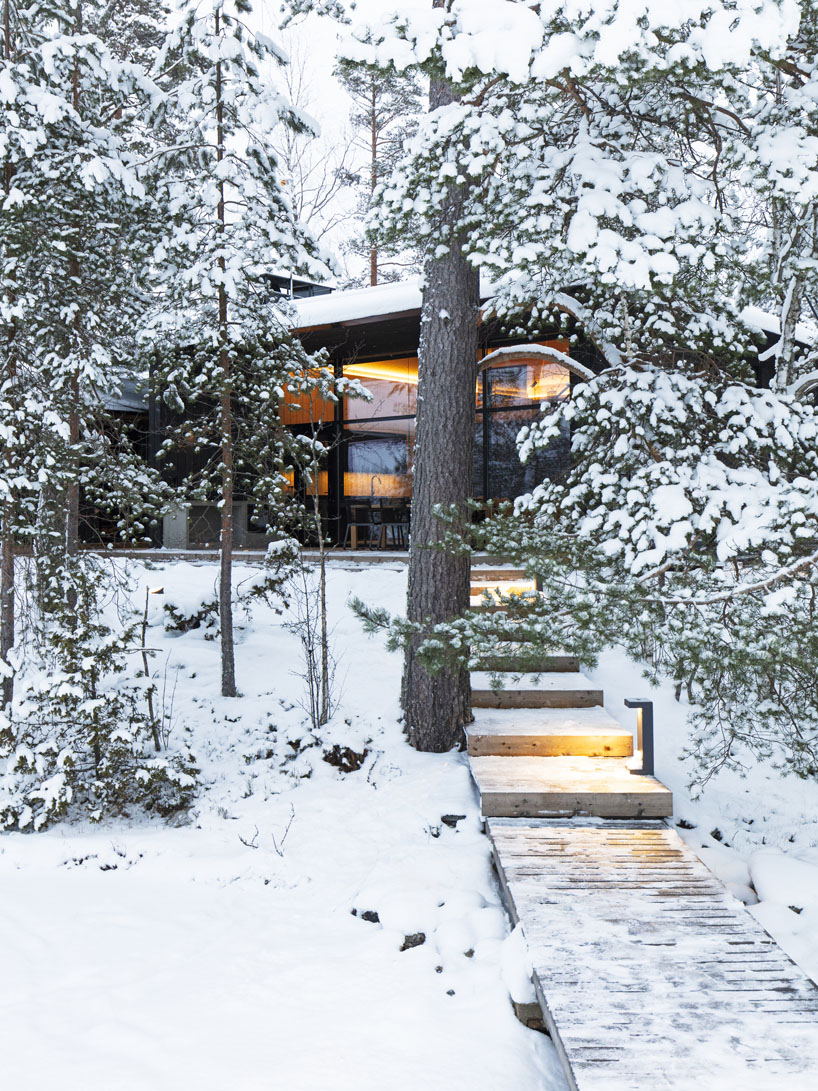
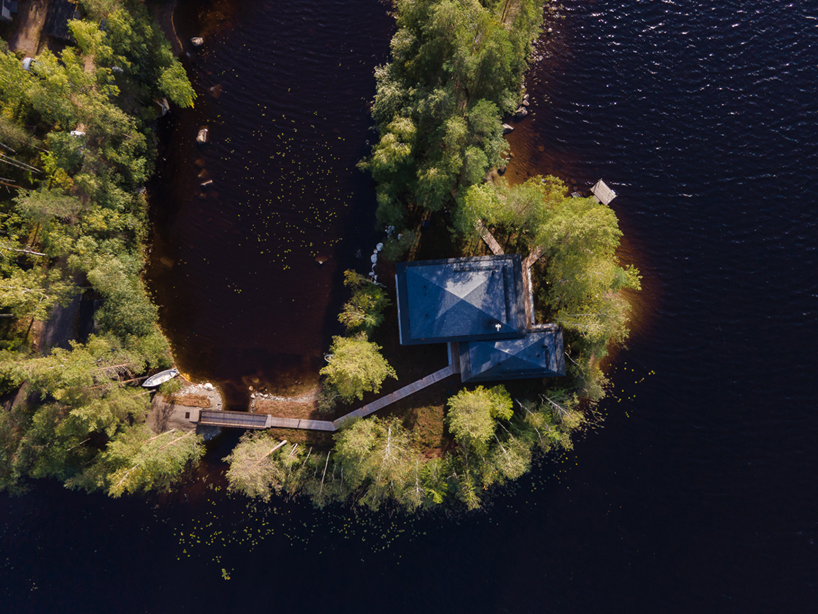

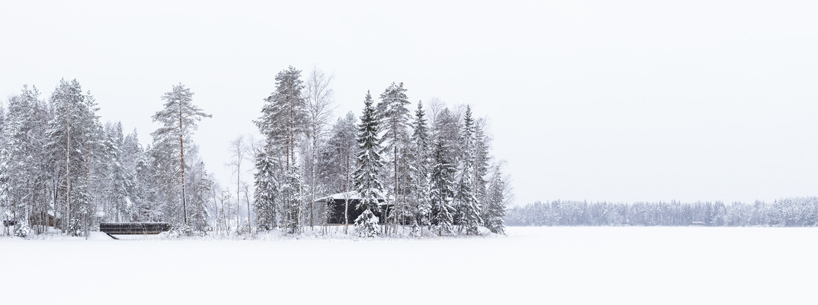


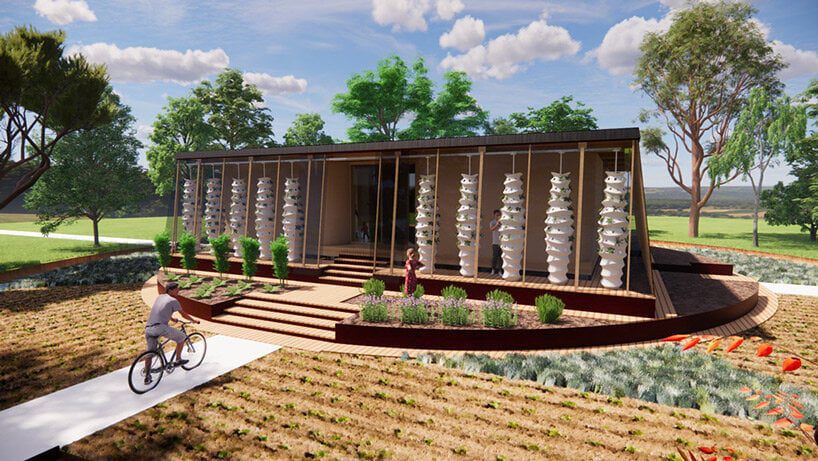
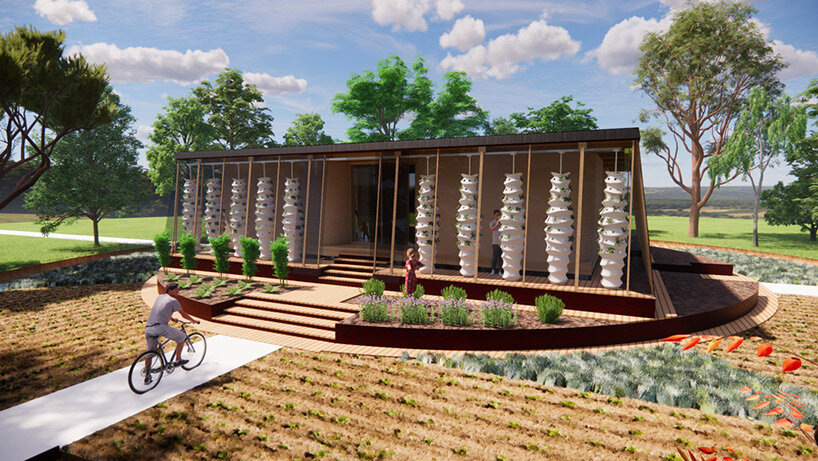
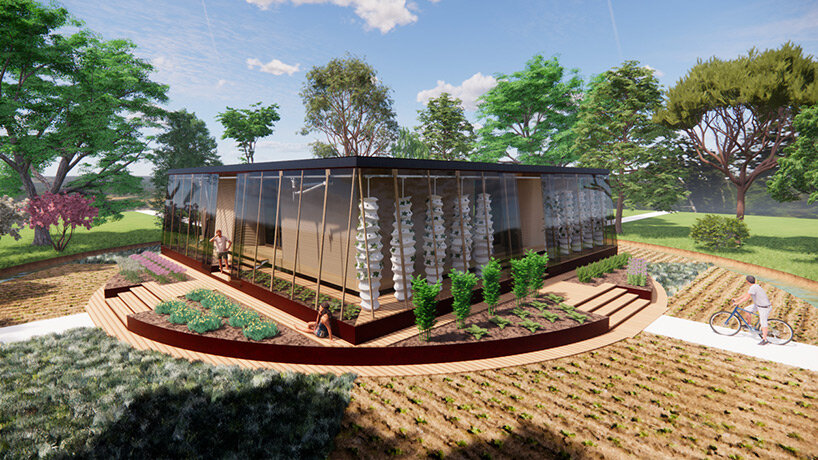
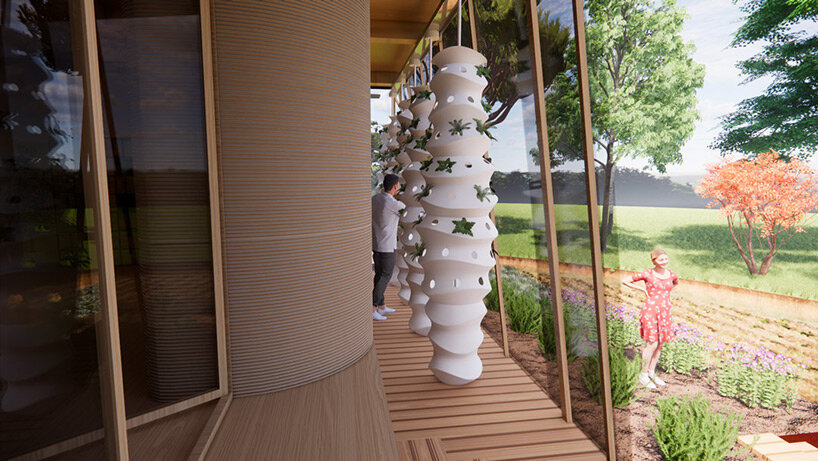
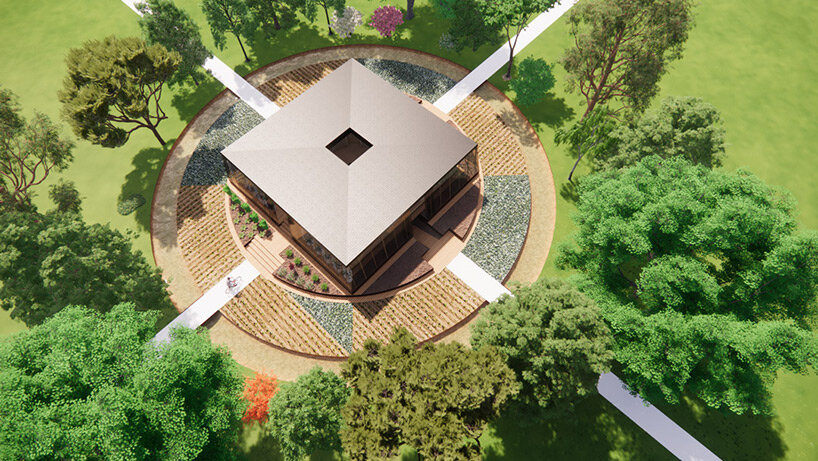

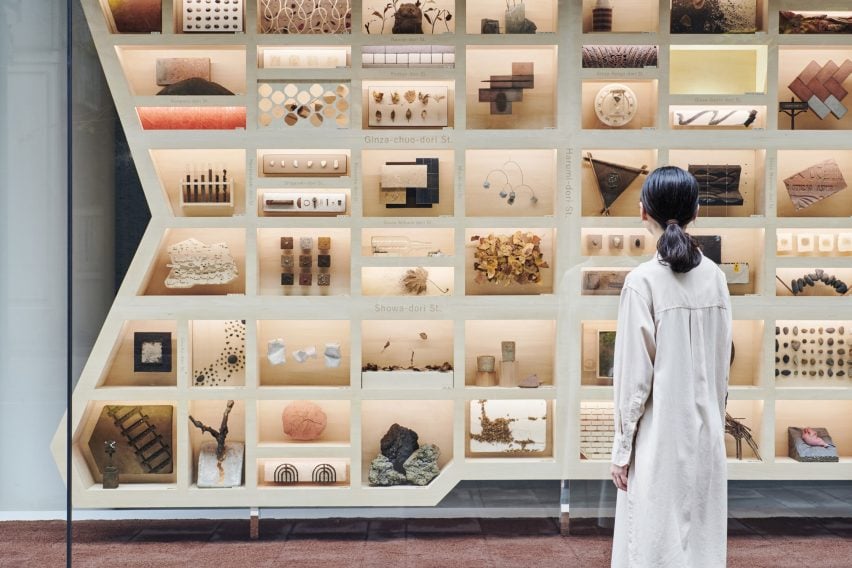
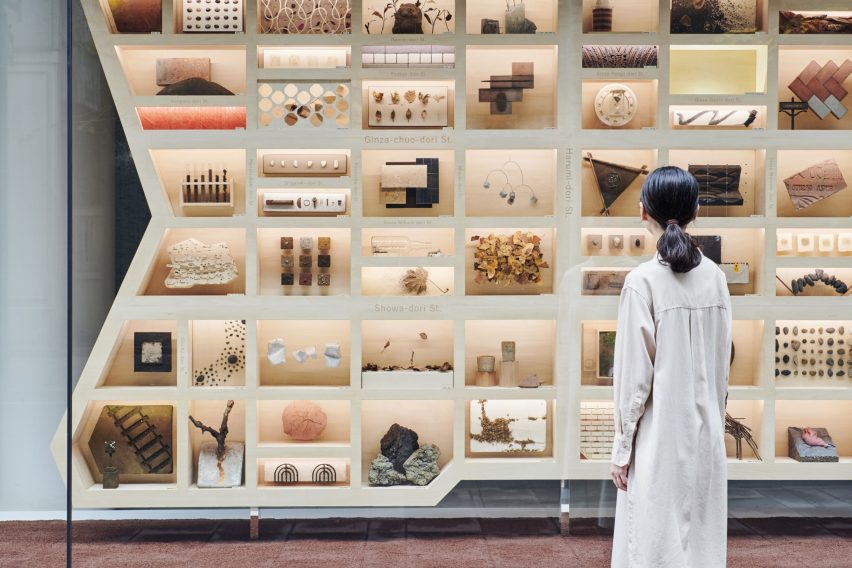
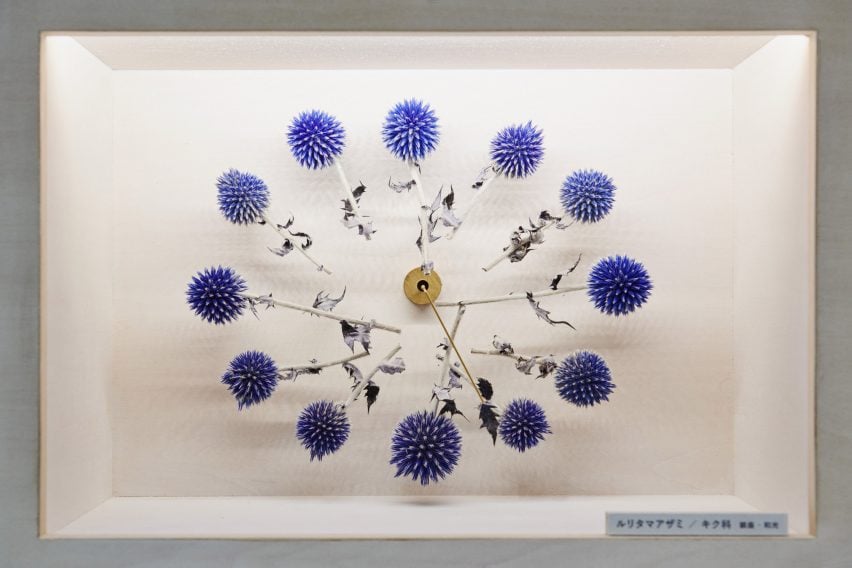
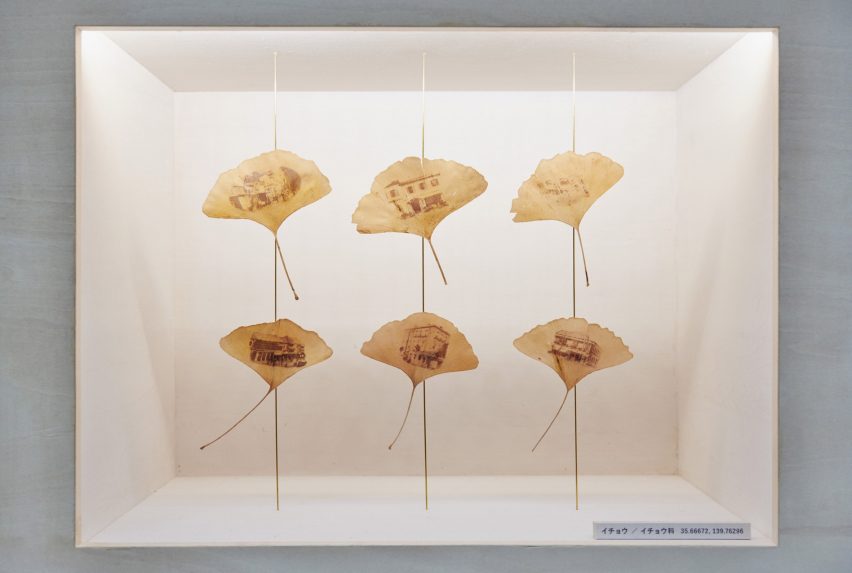
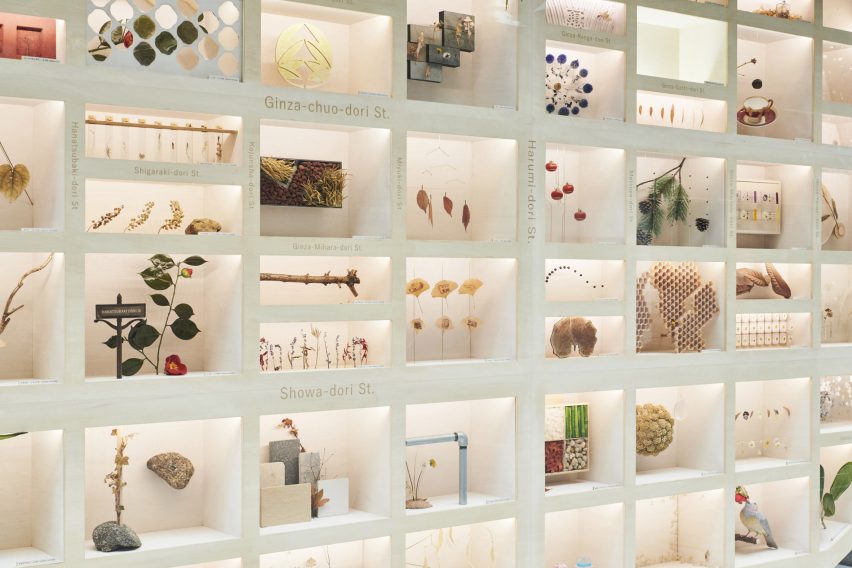
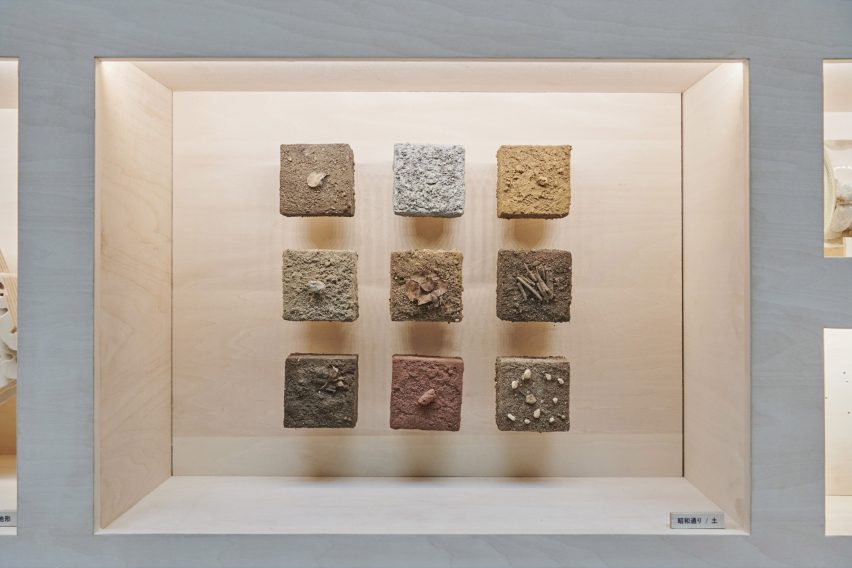
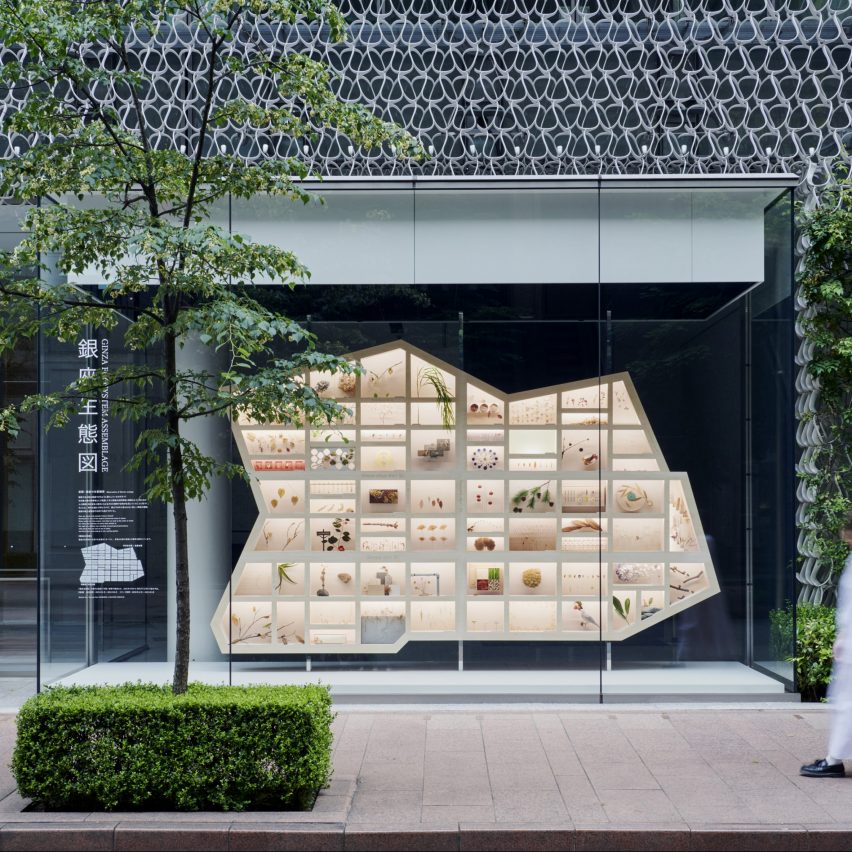
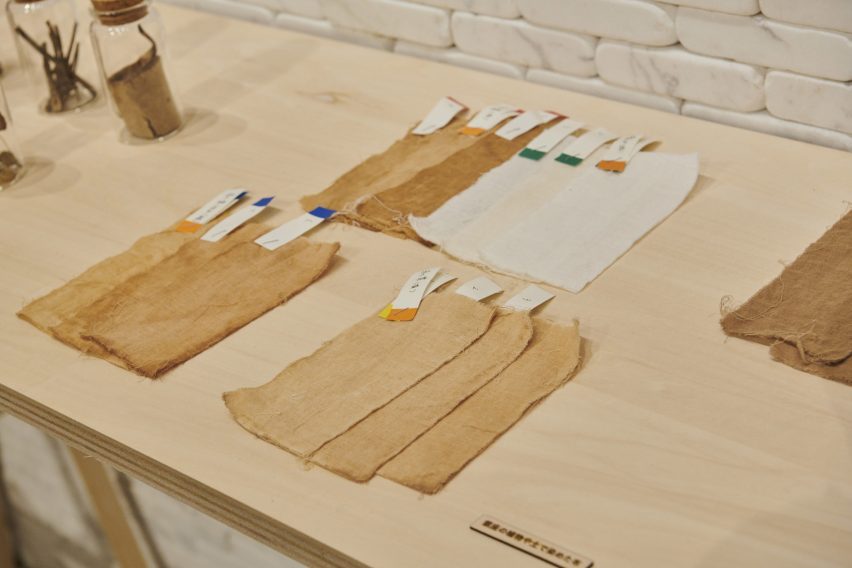
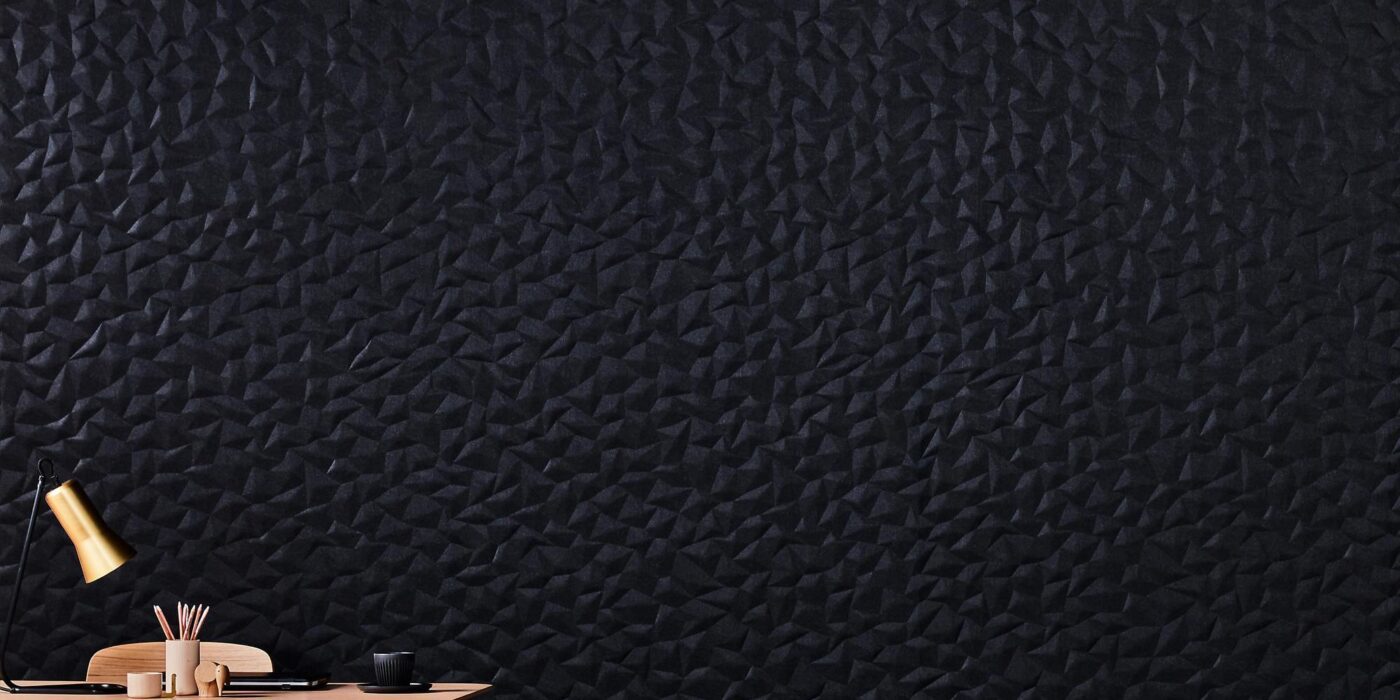
 The Embossed Acoustic Panel Series from Woven Image, distributed in the USA by Kirei
The Embossed Acoustic Panel Series from Woven Image, distributed in the USA by Kirei Silestone® Sunlit Days by Cosentino Group
Silestone® Sunlit Days by Cosentino Group Brace by Davis Furniture
Brace by Davis Furniture Koroi Side Table by MAJA
Koroi Side Table by MAJA